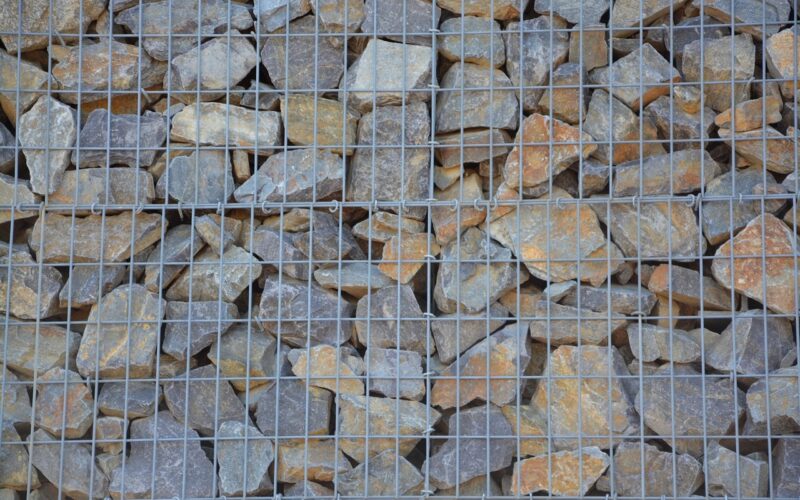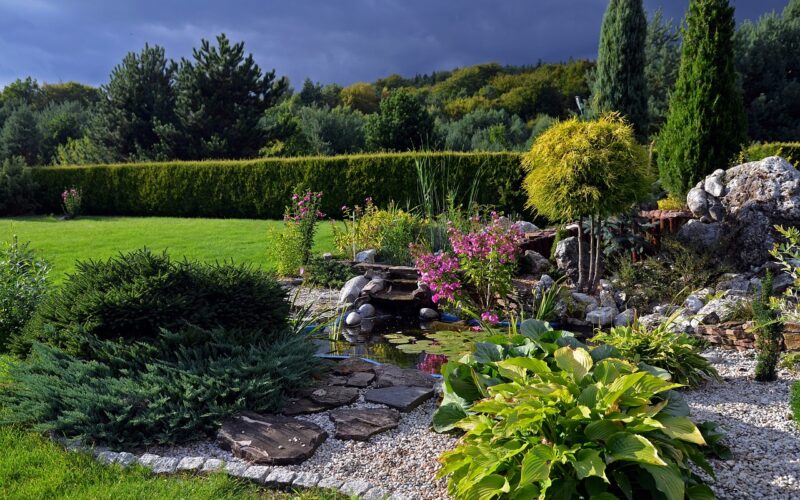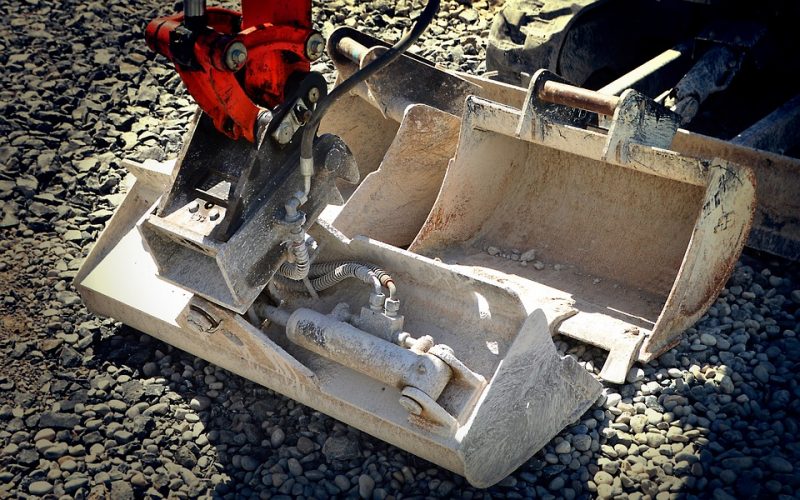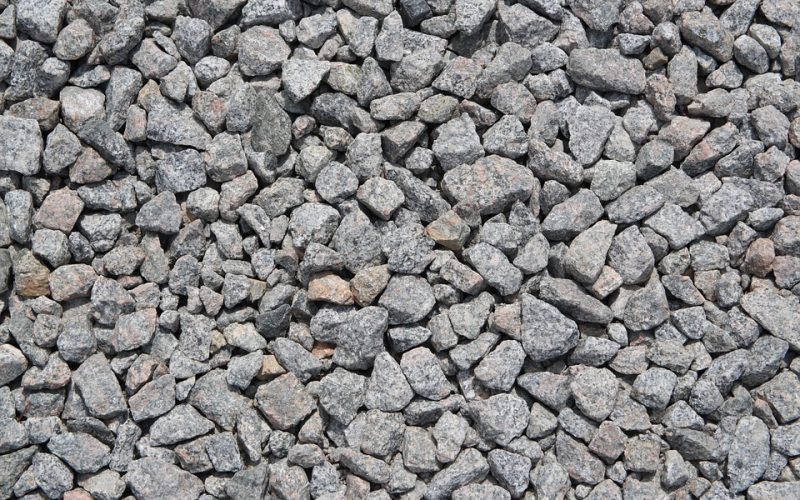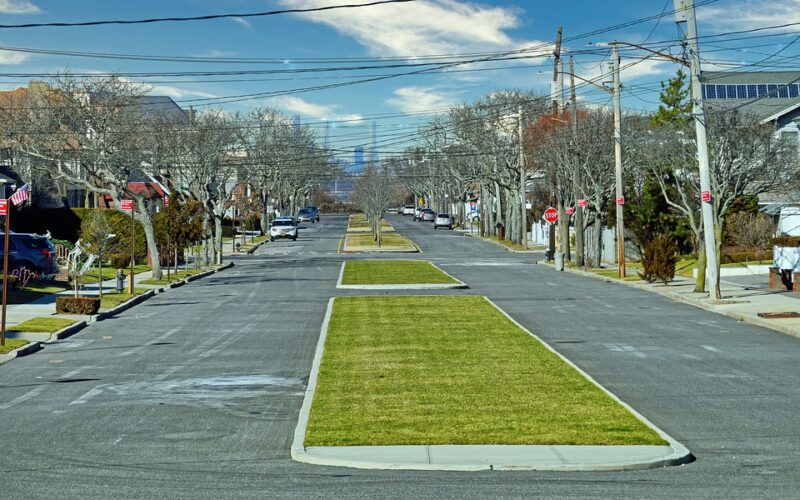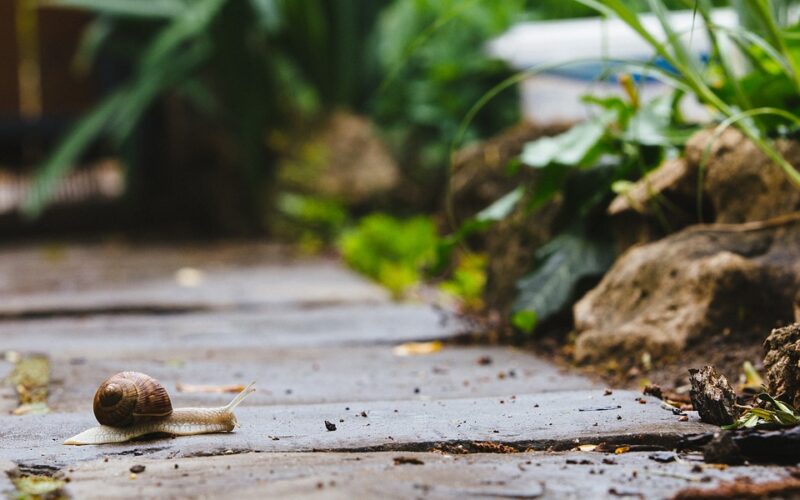Introduction to Gabions
Gabions are a type of construction element that has been used for centuries. They are baskets or cages that are filled with rocks, sand, or other debris and can then be used for many purposes including retaining walls, support for bridges, or erosion control. Gabions were first used by the military to build fortifications. Today, they are commonly used in civil engineering and landscaping projects.
Gabions are usually made of galvanized steel wire or stainless steel wire. The wire is woven into a basket-like shape and then filled with rocks or other materials. The gabion is then placed into position and the fill material is compacted. This forms a strong structure that can be used for various purposes both functionally and aesthetically. Functionally, gabions can be used as retaining walls, support for bridges, or erosion control. Aesthetically, they can be used as garden features or decorations.
Engineering support
Used as retaining walls to support soil on slopes or hillsides. They can also be used to create terraces or level changes in landscapes. Retaining walls made from gabions are often seen in roadway construction projects. They can also be used to create temporary flood walls or to stabilize a shoreline.
Gabions can also be used to support bridges. They are commonly used in river crossings because they can withstand the force of moving water better than other materials.
When placed on slopes gabions help control hillside erosion. They work by intercepting runoff and allowing it to seep into the ground instead of causing erosion on the slope.
Garden decoration
Aesthetically, gabions can also be used to create garden features such as planters, benches, or even fences. They can add an interesting element to any landscape design. If you're looking for a unique way to add some interest to your garden, gabions are a great option. They can be used to create walls, partitions, or even just standalone features. Best of all, they're relatively inexpensive and easy to DIY.
